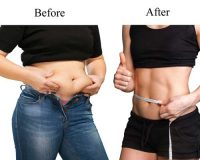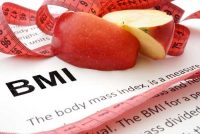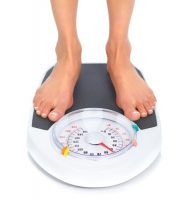
Diabetes is on the Rise in People of Normal Body Weight – but Why?
Now you know that you can develop prediabetes (or diabetes) if you’re not overweight and that the number of people who fall into this category is greater than it used to be.

Now you know that you can develop prediabetes (or diabetes) if you’re not overweight and that the number of people who fall into this category is greater than it used to be.

So many myths about losing weight and body fat prevail – what are you to believe? Here are five of the most common fat loss myths dispelled – so you don’t have to fall for them.

BMI is the current “standard” health professionals use to determine whether you’re overweight or obese and what your future health risks might be. Unfortunately, it’s a flawed measure. This article looks at other ways to measure where you are on the health and weight continuum and how best to determine body fat percentage.

With so much focus on exercise and eating healthy, a significant number of Americans must be following a healthy lifestyle, right? Not according to a new study. In fact, the number is abysmally low. How low? You might be surprised.

Do you have a healthy body fat percentage? You might wonder what a healthy body fat percentage is for women and how to best measure it. Unfortunately, a standard scale won’t tell you and BMI, a measure that doctors use, says nothing about your body composition. Read on and find out what the best methods for measuring body fat percentage are and what is considered healthy.

Traditionally, endurance athletes have viewed weight and body fat percentage as something to be reduced. The thinking was the lighter, the better. But there’s a reason to take that recommendation with a grain of salt as a triathlete. At some point, strength can be lost if you get too thin. Further, your ideal weight may depend on the duration of your event.

You hear people talk about reaching a “healthy weight” but what does that really mean? Just as importantly, what’s the best way to measure it? Find out more about the different ways to determine if you’re a healthy weight and what their limitations are.

Do you weigh yourself on the bathroom scale first thing in the morning? Some people become so focused scale weighing that they forget there are other ways to follow their fitness progress. Find out why stepping on a scale every day isn’t always the best way to monitor your progress.

Doing everything right but can’t seem to get rid of that abdominal “pooch?” It may not be your diet or exercise plan that’s keeping you from getting flat abs. Here are some other surprising reasons your abdominals may not be as ripped as you like.

If there’s one topic that people are confused about – it’s cellulite. Too many sources claim to have a cure for this common condition and perpetuate a number of fallacies. Here are five cellulite myths you shouldn’t believe.

Think you’re immune to type 2 diabetes because you’re thin? Not necessarily so. Type 2 diabetes is on the rise and even normal weight and thin people can get it. Find out why thinner people get type 2 diabetes and how to lower your risk.

Many women who work out are concerned about body fat percentages – what’s healthy and what isn’t. This article discusses what essential body fat is and why it’s important not to go too low. It also talks about healthy body fat ranges and average body fat percentages of various types of women athletes.